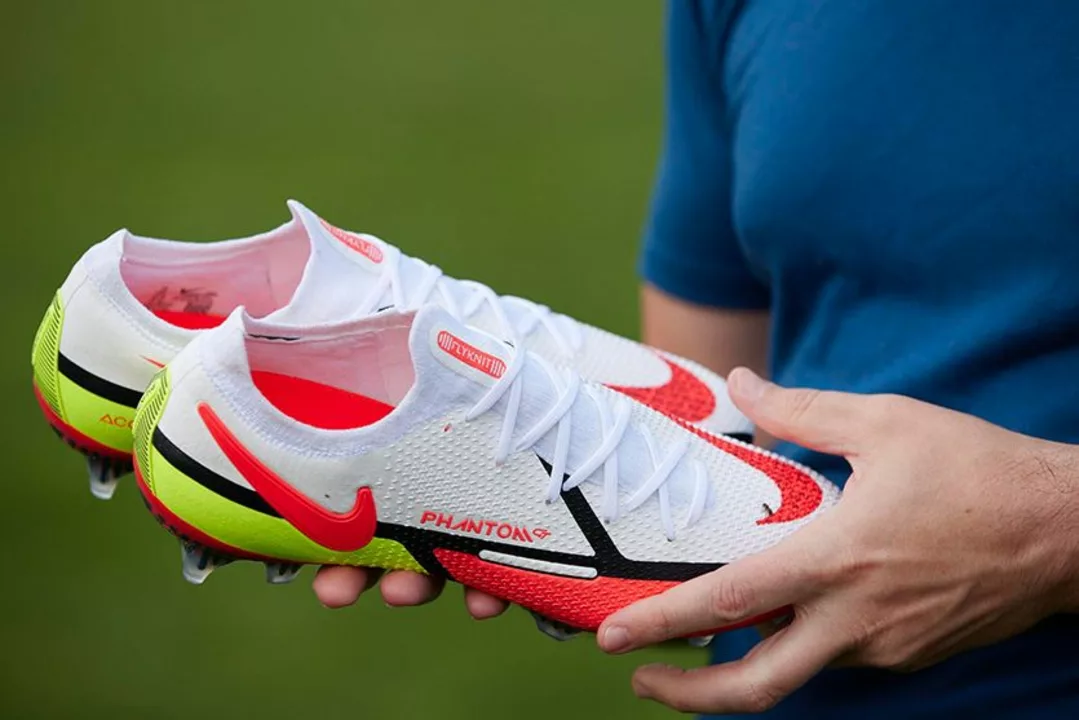How do you break in a pair of soccer cleats?
Introduction: The Importance of Breaking in Soccer Cleats
As a soccer player, I know firsthand the importance of having a comfortable pair of soccer cleats. When you're on the field, the last thing you want to worry about is painful blisters or a lack of traction due to stiff, unbroken-in cleats. In this article, I'll share my tried-and-true methods for breaking in a new pair of soccer cleats, ensuring a perfect fit and optimal performance on the field. From personal experience to expert advice, these tips will help you break in your soccer cleats like a pro.
Choosing the Right Cleats: Material and Fit
Before we dive into the process of breaking in your soccer cleats, it's crucial to start with the right pair. Choosing cleats made of high-quality materials and the proper fit will make the break-in process much smoother. When selecting a pair of soccer cleats, look for materials like leather or synthetic leather, which are known for their durability and ability to mold to your feet. Additionally, make sure your cleats fit snugly without causing discomfort, as an ill-fitting pair will only lead to more problems down the line.
Wear Them Around the House
One of the easiest ways to start breaking in your soccer cleats is to wear them around the house. Slip on a pair of socks, lace up your cleats, and walk around for a few hours. This will help the material begin to conform to the shape of your feet and will give you a better sense of any areas that might cause discomfort during gameplay. However, be mindful of your flooring and avoid scuffing or damaging any surfaces.
Use a Shoe Stretcher
If you're finding that your soccer cleats are a bit too tight, using a shoe stretcher can help to gently expand the material and create a more comfortable fit. Simply insert the stretcher into your cleats, adjust it to the desired size, and let it sit for several hours or overnight. This method is especially helpful for leather cleats, which tend to stretch more easily than synthetic materials.
Soak and Wear Method
A popular method for breaking in soccer cleats is the soak and wear technique. Fill a tub or basin with warm water, and submerge your cleats for about 10-15 minutes. This will soften the material and make it more pliable. After soaking, put on a pair of soccer socks and wear the cleats until they are almost dry. The combination of the warm water and your feet's natural shape will help mold the cleats to your feet for a perfect fit.
Use a Hairdryer
Another useful tool in the cleat break-in process is a hairdryer. Wearing your soccer socks and cleats, use a hairdryer to apply heat to any tight or uncomfortable areas for a few minutes. The heat will help soften the material and allow it to stretch more easily. Be sure to flex and bend your feet during this process to help the cleats mold to your feet's shape.
Practice Drills and Light Jogs
As your soccer cleats begin to feel more comfortable, it's time to take them out for a test run. Start with some light jogging and basic practice drills to help further break in the cleats and get a feel for their performance on the field. This will also help you identify any remaining areas of discomfort that may need additional attention.
Gradually Increase Playing Time
Once your soccer cleats are starting to feel more comfortable, gradually increase the amount of time you spend playing in them. This will help ensure that your cleats are fully broken in and ready for optimal performance during games. Remember, it's essential to listen to your feet and address any discomfort immediately to avoid injury or long-term damage.
Maintain and Condition Your Cleats
Proper maintenance and care of your soccer cleats can help extend their lifespan and keep them comfortable for longer. Regularly clean your cleats after each use, removing any dirt or debris that could cause damage to the material. Additionally, conditioning leather cleats with a leather conditioner can help keep the material soft and pliable, making it easier to break in and more comfortable to wear.
Conclusion: Be Patient and Listen to Your Feet
Breaking in a new pair of soccer cleats takes time and patience, but the end result is well worth the effort. By following these tips and being attentive to your feet's needs, you'll be able to break in your cleats and enjoy a comfortable, high-performing pair that will help you excel on the field. Remember, the key is to listen to your body and address any discomfort immediately to ensure a successful break-in process and a long-lasting, comfortable pair of soccer cleats.





